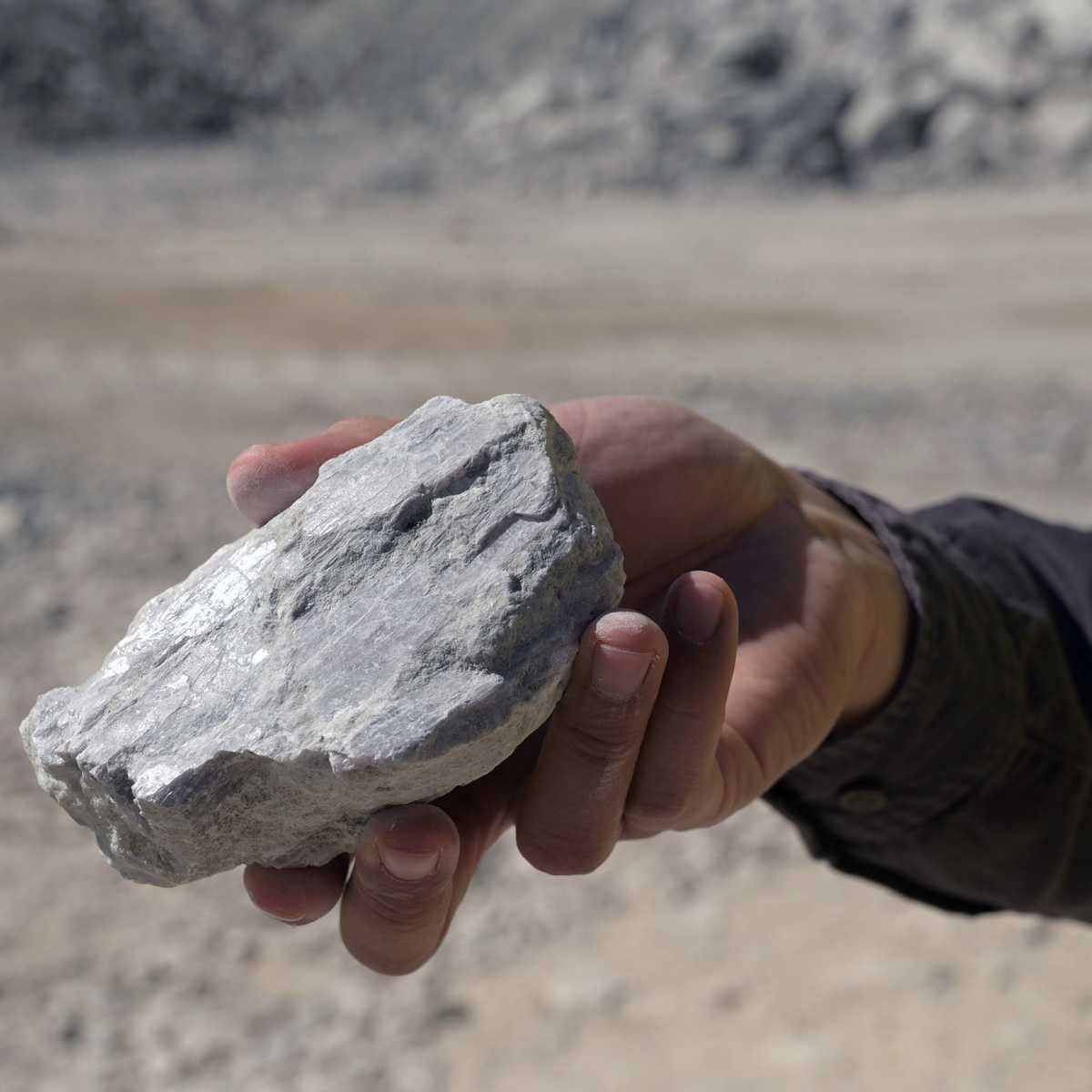
Critical and Rare Earth Minerals: The Cornerstone of a Sustainable, Secure and Just Energy Transition
October 30, 2025
As the world prepares for COP30 in Brazil, the conversation around climate action is evolving. No longer is the focus solely on reducing emissions or scaling renewables; increasingly, attention is turning to the materials that make the energy transition possible. Critical and rare earth minerals—such as lithium, nickel, cobalt and the suite of rare earth elements—are essential elements of the clean energy revolution. Yet, their extraction, processing and supply chains present profound challenges and opportunities for sustainability, energy security and the imperative of a just transition.
Critical and rare earth minerals are indispensable to the technologies driving decarbonization. Lithium, cobalt and nickel are essential for batteries that power electric vehicles (EVs) and store renewable energy on the grid. Rare earth elements like neodymium and dysprosium are vital for high-efficiency magnets in wind turbines and EV motors. Platinum group metals enable hydrogen fuel cells, while gallium and indium are used in advanced solar panels.
The International Energy Agency estimates that achieving net-zero emissions by 2050 will require a four- to six-fold increase in demand for these minerals. Without them, the global clean energy transition simply cannot proceed.
However, the supply chains for critical minerals are fraught with risk. Production and processing are highly concentrated: China controls about 60% of global rare earth production and 90% of processing, while the Democratic Republic of Congo supplies over 70% of the world’s cobalt.
This concentration exposes the world to geopolitical tensions, trade restrictions and supply disruptions. Unlike fossil fuels, where supply shocks can immediately halt energy production, the risk with critical minerals is more nuanced. Once renewable infrastructure is built, it can operate for decades. But any disruption in mineral supply can slow the pace of new deployments, threatening the speed and scale of the energy transition.
As countries seek to reduce dependence on a handful of suppliers, there is a growing push for supply chain diversification, domestic production and recycling.
The sustainability of critical mineral supply chains extends far beyond carbon footprints. Mining and processing can cause significant environmental harm—deforestation, water contamination and biodiversity loss are common in mineral-rich regions.
Social risks are equally pressing. Many mines are located on or near Indigenous lands, raising concerns about land rights, displacement and inadequate benefit-sharing. Human rights abuses, including child labor and unsafe working conditions, persist in some supply chains, particularly for cobalt and artisanal gold.
To address these challenges, leading companies are adopting innovative technologies—such as direct lithium extraction and in-situ copper leaching—to reduce environmental impacts. They are also embracing transparent environmental, social and governance (ESG) standards, third-party certification and artificial intelligence-driven supply chain monitoring to ensure responsible sourcing.
The concept of a “just transition” is gaining traction as a guiding principle for the energy transition. It calls for a shift that is not only green, but also fair and inclusive—protecting the rights and livelihoods of workers, communities and vulnerable groups affected by the move away from fossil fuels and toward renewables.
In the context of critical minerals, a just transition means:
As host of COP30, Brazil is uniquely positioned to shape the global agenda on critical minerals. The country boasts vast reserves of nickel, graphite, lithium, niobium and manganese—minerals essential for energy transition.
Brazil is not only a major producer but is also investing in processing capabilities, aiming to move up the value chain and reduce reliance on raw exports.
Brazil’s leadership is particularly relevant for the Global South, where many countries face similar challenges and opportunities. Regional cooperation, responsible investment and the integration of sustainability and just transition principles into mineral supply chains can serve as a model for inclusive development.
As we look ahead to COP30 in Brazil, it is crucial to recognize the pivotal role that international forums—especially the G20 and B20—play in shaping the global discourse on critical and rare earth minerals. This year South Africa is host of G20 and the B20 (the official business dialogue of the G20), placing the African continent at the center of conversations on sustainable development, energy security and the just transition. Africa is home to vast reserves of critical minerals, including cobalt, manganese, platinum group metals and rare earths. South Africa itself is a key global supplier of platinum, manganese and vanadium—materials essential for batteries, hydrogen fuel cells and advanced manufacturing. The continent’s mineral wealth offers an unprecedented opportunity to support the energy transition, foster economic growth and drive regional integration. The G20 and B20 meetings in South Africa provide a unique platform to:
These back-to-back forums, each with distinct but interconnected agenda, are an opportunity to align priorities of the G20 and B20 with the UN climate process. There is real potential to accelerate the creation of sustainable, secure and just mineral supply chains—benefiting not only Africa but the world at large. As Brazil and South Africa continue their global leadership roles this year, their stewardship of the critical minerals’ agenda will be vital for ensuring that the energy transition is both equitable and resilient. The world must seize this moment to transform mineral wealth into sustainable prosperity for all.
The world’s clean energy future depends on critical and rare earth minerals. But the way we source, process and use these materials will determine whether the energy transition is truly sustainable, secure and just. As COP30 convenes in Brazil, it is imperative that policymakers, industry leaders and civil society work together to build resilient, responsible and inclusive mineral supply chains. Only then can we ensure that the benefits of the green transition are shared by all—and that no one is left behind.